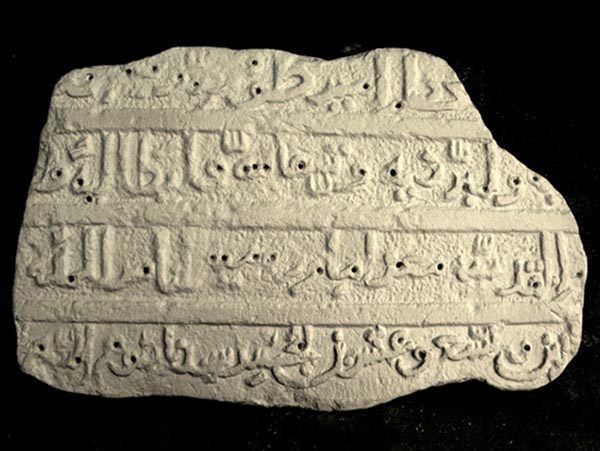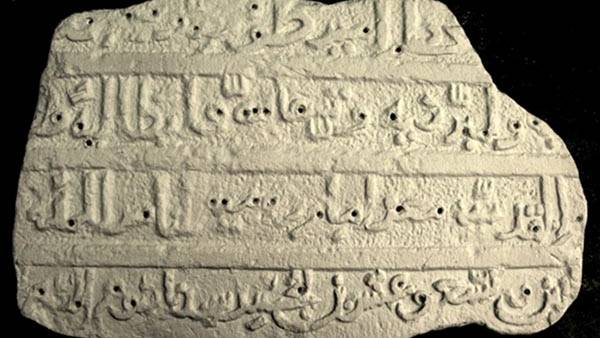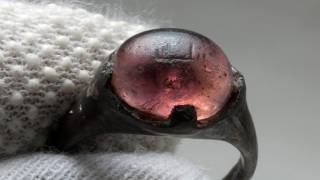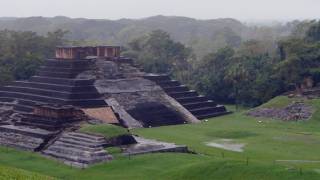First Arabic Crusader Inscription Found
Source: news.discovery.com
Israeli archaeologists have discovered the first ever Arabic Crusader inscription, they announced on Monday.The epigraphic evidence emerged from a 800-year-old inscribed marble slab which originally sat in Jaffa’s city wall.

The Arabic inscription. Image: Israel Antiquities Authority.
Bearing the name of the "Holy Roman Emperor" Frederick II, and the date "1229 of the Incarnation of our Lord Jesus the Messiah," the inscription was found broken on the top, right, left and bottom.
"The script is peculiar but once the slab was reassembled, it was deciphered with little effort," Moshe Sharon, of Hebrew University, told Discovery News.
According to Sharon and colleague Ami Shrager, the inscription was drafted by Frederick’s officials, or possibly even the emperor himself, who was fluent in Arabic.
"Muslim scholars attended Frederick’s court in Sicily, where his main royal palace was located. There, he also had a harem that included a Muslim concubine," Sharon said.
The grandson of both Frederick Barbarossa and Roger II of Sicily, Frederick II (1194- 1250) was the Christian king who led the Sixth Crusade of 1228-1229.
A series of military campaigns launched by the Christian countries of western Europe, the Crusades spanned two centuries, from 1095 to 1291.
Wearing a large Christian cross embroidered on their armor and shields, tens of thousands of men fought the Muslims to restore Christian control in and near Jerusalem.
"Frederick succeeded, without resorting to arms, in achieving major territorial gains for the Crusader Kingdom," Sharon said.
The emperor’s most important feat was the handing over of Jerusalem to the Crusaders by the Egyptian sultan al-Malik al-Kamil, who had been impressed with Frederick’s knowledge of Arabic language.
Prior to achieving this agreement in 1229, the emperor, who had been excommunicated by Pope Gregory IX for not starting the Crusade earlier, fortified the castle of Jaffa and left in its walls two inscriptions, one in Latin and the other in Arabic.
Only a small fragment remains of the Latin inscription. It was studied in the 19th century by the French Orientalist and archaeologist Clermont-Ganneau who ascribed it to Frederick II.
The Arabic inscription lists all the titles of Frederick and the Italian provinces he ruled. It also stresses that Frederick is the Holy Roman Emperor, "the protector of the Pope in Rome" and the "King of Jerusalem" -- a crown "he put on his own head in the Church of the Holy Sepulcher in Jerusalem, and which he had assumed after marrying the 12 years old Yolanda the Queen of Jerusalem in 1225," Sharon said.
According to the researchers, the plaque has no counterpart elsewhere.
"There is no other inscription of Fredrick or any other King of Jerusalem in Arabic. This is the only epigraphic evidence connected with the Sixth crusade which this emperor headed," Sharon said
Article from: news.discovery.com






















